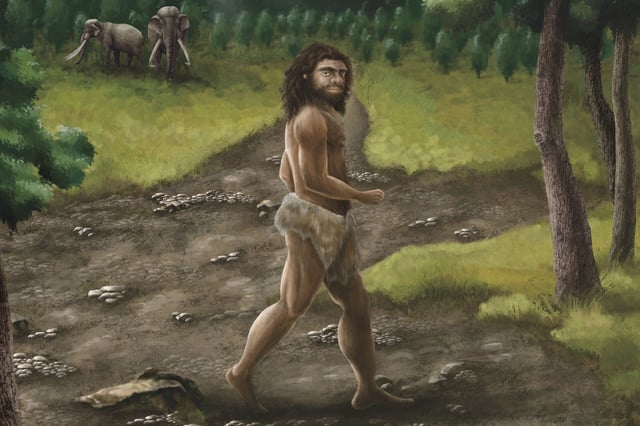Overview
- The Harbin specimen, uncovered in the 1930s and dated to about 146,000 years ago, yielded preserved proteins that match known Denisovan markers.
- Researchers in the 2025 study used protein sequencing to reclassify the skull previously dubbed Homo longi or “Dragon Man.”
- Distinct features of the cranium, including a long, low vault, massive brow ridges and large molars, now represent the most complete Denisovan skull available.
- Morphological similarities with fossils from Dali, Jinniushan and Hualong Cave suggest those specimens may also belong to Denisovan lineages.
- This discovery highlights the wide distribution of Denisovans across Asia and provides a new framework for identifying their remains when DNA analysis is not possible.



